Navigating the Future of Professional Education and Training
Navigating the Future of Professional Education and Training
The professional education and training market continues to attract investor interest, driven by a large and growing market opportunity and potential to scale within a fragmented provider landscape.
At Stax, we are seeing rising growth demand for professional education shaped by skill shortages, industry regulations, and the need for professionals to maintain their credentials, with over 75% of companies globally reporting talent shortages. This shortage is underscoring the criticality of ongoing education in workforce readiness.
Stax has decades of experience evaluating providers of qualifying and continuing education as well as ongoing professional development. From these experiences, we have observed key investment trends and considerations to help navigate the current market landscape.
Key Drivers of Growth in Professional Education
1. Inflow of Individuals into the Job Market:
- Approximately 25% of the workforce holds a certification or license, with many fields, such as healthcare and law, requiring professionals to have a license in order to practice.
- As more individuals enter these professions, demand for both qualifying education and continuing education will increase.
- Professional education for employees without licenses will also benefit, as 76% of employees are more likely to stay with a company that offers ongoing training.
2. Address Employee Skill Gaps:
- There is a persisting gap between employer expectations and employee skills, driving the need for employers to offer additional education.
- An ongoing shortage of skilled labor is further expanding employer interest in offering continuing education programs in order to upskill employees.
3. Stand Out in the Job Market:
- Emerging technologies and changes in the workplace are driving the need for continuous learning.
- Job seekers are increasingly viewing certifications as ways to demonstrate to potential employers that they are up-to-date with the latest advancements in the industry.
Industry Structure: The Lifecycle of Professional Education
Professional education follows a structured career lifecycle, encompassing:
- Pre-Licensing Education: Training programs required before obtaining a professional license.
- Licensing Exams: National and state-specific exams required for professional certification.
- Post-Licensing & Continuing Education (CE): Ongoing learning to maintain licensure and compliance with industry regulations, as well as upskill employees who do not hold licenses.
The purchasing model for these programs varies between Qualifying Education (QE) and Continuing Education (CE). QE is primarily B2C, purchased directly by professionals. CE is a mix of B2B and B2C, with some employers covering costs for compliance training.
Competitive Landscape: A Fragmented Market
The professional education sector is highly fragmented, with key players spanning:
- Traditional Educational Institutions: Universities and vocational schools offering professional degrees and certifications.
- Online Education Platforms: EdTech and e-learning providers catering to working professionals with flexible, scalable solutions.
- Professional Development & Training Providers: Industry-specific certification providers and corporate training firms.
Investment Considerations in Professional Education
For investors evaluating education providers, understanding market dynamics and scalability is critical. Stax’s research highlights several key areas for investment evaluation:
- Market Position & Differentiation: What is the target company’s competitive edge in a fragmented market? Is it aligned with end-markets that are expected to have favorable inflow/outflows of employees in the future?
- Scalability & Expansion Potential: Can the provider expand geographically or diversify into adjacent professional sectors?
- Regulatory Compliance & Industry Trends: How well does the provider align with licensing requirements and emerging trends like skills-based hiring?
- Technology & Content Delivery: Does the provider leverage adaptive learning and digital platforms to enhance engagement?
As demand for professional education grows, investors have opportunities to build scalable platforms, consolidate fragmented providers, and leverage technology to drive competitive differentiation. With a long-term outlook shaped by an evolving workforce, the professional education sector presents attractive investment opportunities for growth. To learn more about Stax and our expertise, visit
www.stax.com or
click here to contact us directly.
Read More

Featured by Power Magazine: China Coal-Fired Generation Additions Tied to Economics, Energy Security
All Rights Reserved | Stax LLC | Powered by Flypaper | Privacy Policy







